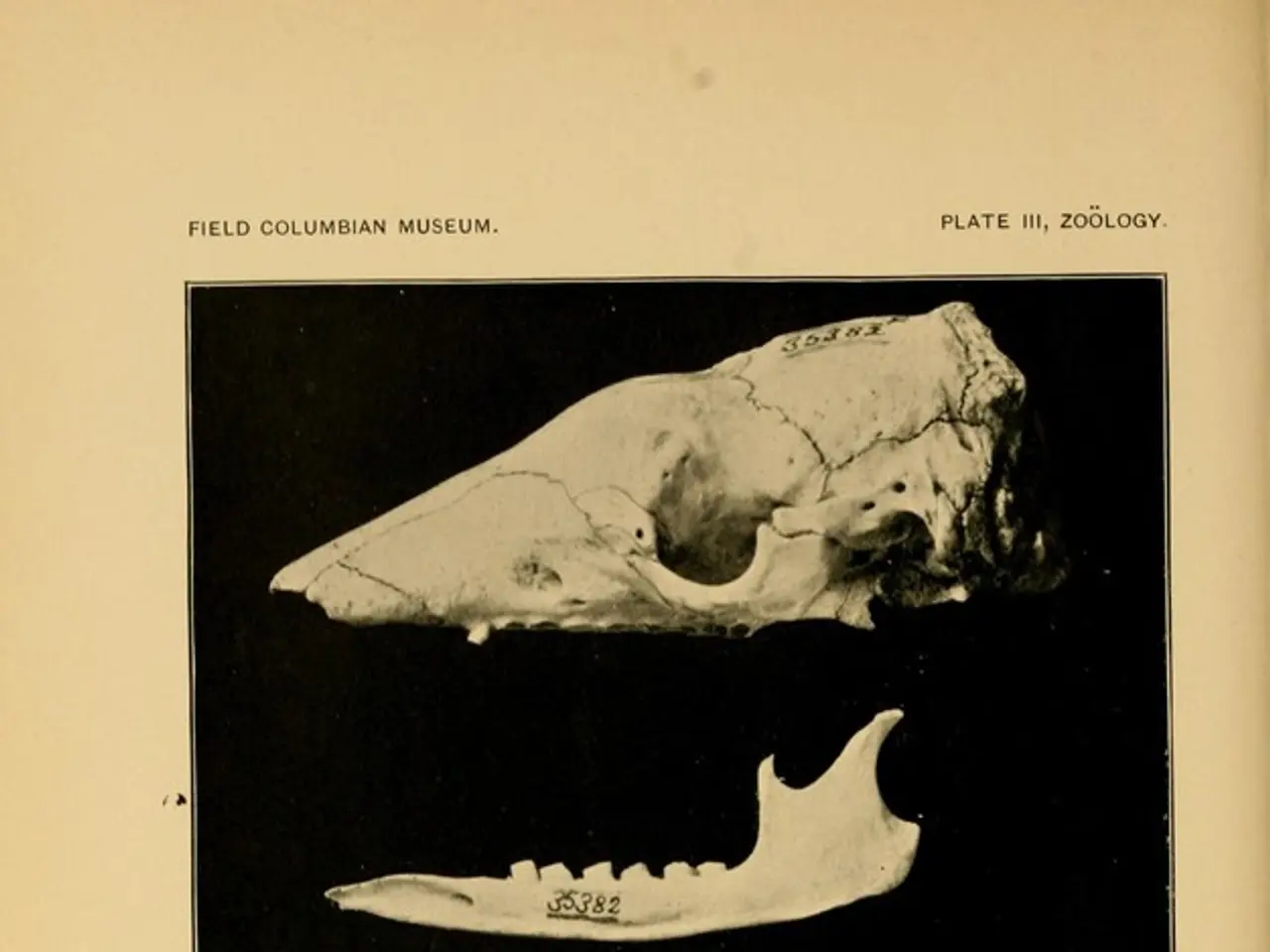Understanding Osteoporosis: Risks, Prevention, and Diagnosis
Osteoporosis, a condition causing bones to weaken and fracture, is a growing health concern. Understanding its risk factors, prevention, and diagnosis is crucial. Here's a rundown of key points.
Risk factors for osteoporosis are varied and include early menopause, eating disorders, family history of osteoporosis or hip fractures, certain medical conditions, and lifestyle factors like smoking and alcohol consumption. To boost bone health, regular exercise, adequate calcium and vitamin D intake, avoiding smoking and alcohol, and sunlight exposure are recommended.
Bone density tests, such as dual energy X-ray absorptiometry (DXA), are vital for at-risk individuals. Results are reported as T-scores, with -1 or higher indicating healthy bone, -1 to -2.4 indicating low bone mineral density (osteopenia), and -2.5 or lower indicating osteoporosis. Doctors may recommend these tests based on symptoms, age, or risk factors. Two types of scans exist: central DXA (hip, spine, torso) and peripheral DXA (forearm, wrist, fingers, or heel).
The U.S. Preventive Services Task Force advises preventive screening for females over 65 and those under 65 with at least one risk factor. Early detection and management can prevent osteoporosis-related fractures, improving quality of life.




